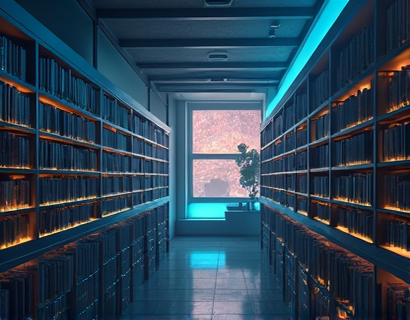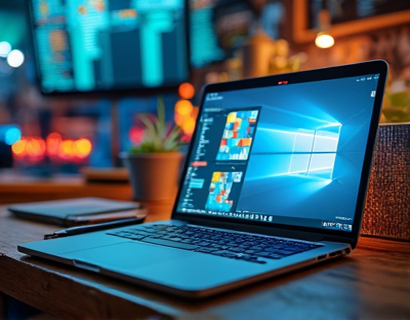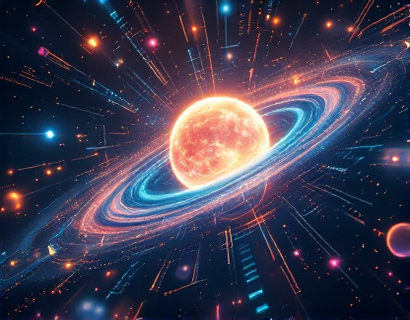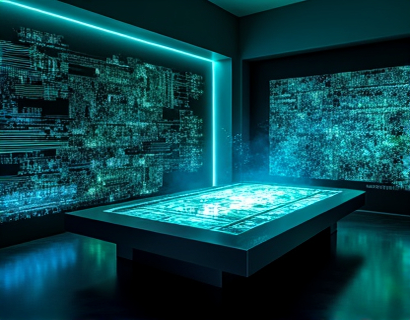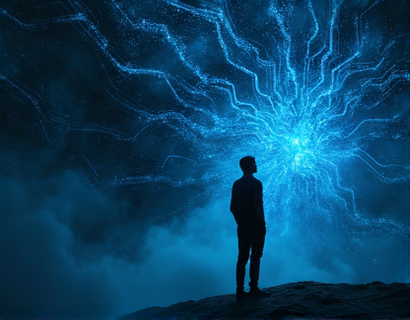Unveiling the Mysteries of Egypt: An AI-Driven Journey into Ancient Wisdom and Authentic Artifacts
The allure of ancient Egypt has captivated human imagination for millennia, drawing scholars, adventurers, and enthusiasts from around the globe. Today, with the advent of advanced AI technologies, the exploration of Egypt's rich heritage has reached new heights, offering unprecedented insights and a deeper understanding of this fascinating civilization. This article delves into the intersection of AI-driven research and the preservation of Egypt's cultural legacy, providing a comprehensive guide for history buffs and cultural explorers. We will explore how AI is revolutionizing our understanding of ancient Egypt and introduce a curated selection of authentic artifacts, allowing readers to connect with the timeless beauty and wisdom of this ancient land.
AI-Driven Discoveries in Egyptian Archaeology
The integration of AI in archaeological research has transformed the way we uncover and interpret the secrets of ancient Egypt. Machine learning algorithms, for instance, are used to analyze satellite imagery and aerial photographs to identify potential archaeological sites that might have gone unnoticed by human eyes. These technologies can detect subtle changes in land topography and vegetation patterns, which often indicate the presence of buried structures or artifacts. AI-driven tools also assist in the precise dating of artifacts and texts, enhancing the accuracy of historical timelines and providing a more nuanced understanding of Egypt's chronology.
One of the most significant applications of AI in Egyptology is in the field of epigraphy, the study of ancient inscriptions. AI algorithms can decipher hieroglyphs and other ancient scripts with remarkable accuracy, even when the carvings are partially damaged or worn. This capability has led to the translation of numerous texts that were previously inaccessible, offering new insights into the daily lives, religious beliefs, and political structures of ancient Egyptian society. For example, AI has been instrumental in translating the texts on the Rosetta Stone, a crucial artifact that helped decipher Egyptian hieroglyphs, thereby unlocking a wealth of historical knowledge.
Enhancing Historical Knowledge Through AI
The use of AI in Egyptology extends beyond mere discovery and translation. AI-powered databases and digital archives are revolutionizing the way researchers access and analyze historical data. These platforms allow for the creation of comprehensive databases that integrate information from various sources, including texts, images, and artifacts. Researchers can perform complex searches and cross-referencing, uncovering connections and patterns that might have remained hidden in traditional research methods. This not only accelerates the pace of discovery but also ensures that the findings are more robust and well-supported.
Moreover, AI-driven simulations and virtual reconstructions are providing immersive experiences that bring ancient Egypt to life. Virtual reality (VR) and augmented reality (AR) technologies, powered by AI, enable users to explore reconstructed temples, tombs, and cities as they existed thousands of years ago. These experiences are not only educational but also deeply engaging, allowing users to walk through the streets of ancient Thebes or stand inside the Great Pyramid of Giza, gaining a visceral sense of the grandeur and complexity of ancient Egyptian civilization.
Preserving Cultural Heritage with AI
The preservation of Egypt's cultural heritage is a critical concern, and AI is playing a pivotal role in this effort. Digital preservation techniques, such as 3D scanning and photogrammetry, are being used to create detailed digital models of artifacts and structures. These models serve as invaluable records that can be studied and shared globally, reducing the need for physical handling and thus minimizing the risk of damage. In cases where artifacts are too fragile to be transported, digital replicas allow researchers and the public to access and appreciate them without compromising their integrity.
AI is also aiding in the conservation of artifacts by analyzing their condition and predicting potential deterioration. Machine learning models can identify early signs of decay or damage, enabling conservators to take proactive measures to preserve the artifacts. This technology is particularly useful for monitoring the environmental conditions in museums and storage facilities, ensuring that the artifacts are kept in optimal conditions.
Authentic Artifact Shopping: A Curated Experience
For those who wish to bring a piece of ancient Egypt into their homes, a curated selection of authentic artifacts is available. These items are sourced from reputable collectors and institutions, ensuring their authenticity and historical significance. Each artifact is accompanied by detailed documentation, including its provenance, historical context, and any relevant research findings. This transparency not only adds value to the purchase but also educates the buyer about the artifact's importance in the broader narrative of Egyptian history.
The selection includes a variety of items, from intricate jewelry and pottery to finely crafted statues and amulets. Each piece tells a story, offering a tangible connection to the people and traditions of ancient Egypt. For instance, a beautifully crafted golden ankh, a symbol of eternal life, can serve as a powerful reminder of the deep spiritual beliefs of the Egyptians. Similarly, a set of ceramic vessels from the New Kingdom period can provide insights into the daily life and trade practices of the time.
When purchasing these artifacts, it is essential to consider the ethical implications. Supporting the preservation and study of cultural heritage ensures that these treasures continue to contribute to our understanding of human history. By choosing authentic and responsibly sourced items, buyers can play a part in preserving the legacy of ancient Egypt for future generations.
Exploring the Rich Tapestry of Egyptian Culture
Beyond artifacts, the cultural and religious practices of ancient Egypt offer a rich tapestry of knowledge waiting to be explored. AI-driven research has shed light on the complex pantheon of Egyptian gods and goddesses, their roles in mythology, and their influence on daily life. For example, the god Anubis, associated with mummification and the afterlife, played a crucial role in funerary rituals. AI-powered analyses of religious texts and artifacts help us understand the intricate beliefs and practices that shaped Egyptian society.
The social structure of ancient Egypt, with its pharaohs, priests, scribes, and commoners, was highly stratified yet intricately interconnected. AI-driven studies of legal documents, administrative records, and artistic representations provide insights into the daily lives of people at different levels of society. For instance, the discovery of workers' villages near the pyramids has revealed the sophisticated planning and organization required to build these monumental structures, challenging previous notions of ancient Egyptian society as purely hierarchical.
Religious practices were central to Egyptian life, with temples serving as both spiritual centers and economic hubs. AI-assisted research into temple architecture and ritual artifacts offers a deeper understanding of these institutions. The Hypostyle Hall of Karnak, for example, with its towering columns and intricate reliefs, was not just a place of worship but also a symbol of the pharaoh's divine right to rule. AI-driven analyses of the hall's design and inscriptions provide insights into the religious and political ideologies of the time.
Personal Connections to Ancient Egypt
For many, the allure of ancient Egypt lies not just in its historical significance but in the personal connections it offers. Owning an authentic artifact is a way to bridge the gap between the present and the past, bringing a tangible piece of history into one's home. These items are not mere decorations but serve as conversation starters and educational tools, sparking curiosity and fostering a deeper appreciation for the civilization that created them.
Consider the story of a family who acquired an ancient Egyptian scarab amulet. This small, intricately carved beetle symbol was not only a beautiful piece of jewelry but also a conversation piece that led to discussions about Egyptian mythology and the significance of the scarab in ancient beliefs. Such personal connections enrich our understanding and appreciation of history, making it more relatable and meaningful.
Moreover, the process of acquiring an authentic artifact involves a journey of discovery. From the initial research into the artifact's history and significance to the careful consideration of its provenance, each step adds to the owner's knowledge and appreciation. This process aligns with the educational mission of platforms like the one described, which aim to share the wonders of ancient Egypt with a broader audience.
Conclusion: Embracing the Legacy of Ancient Egypt
In conclusion, the intersection of AI technology and the study of ancient Egypt has opened new frontiers in our understanding of this fascinating civilization. From enhancing archaeological discoveries to preserving cultural heritage and providing authentic artifacts for personal collection, AI is playing a transformative role. For history enthusiasts and cultural explorers, this era offers unparalleled opportunities to engage with and learn from the rich legacy of ancient Egypt. Whether through virtual reconstructions, detailed research, or the possession of an authentic artifact, the allure of Egypt continues to inspire and educate, ensuring that its wisdom and beauty endure for generations to come.











